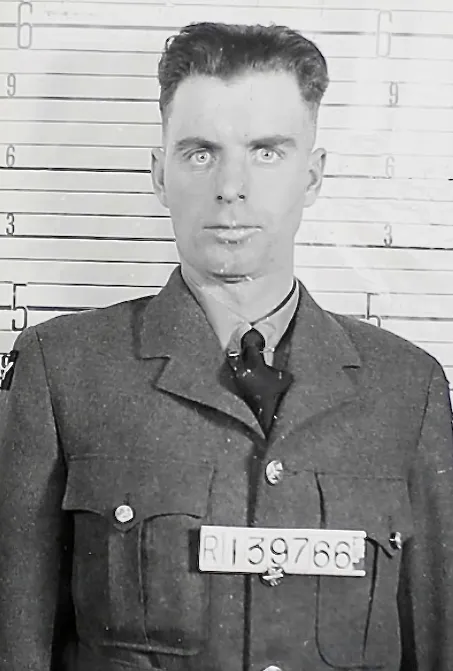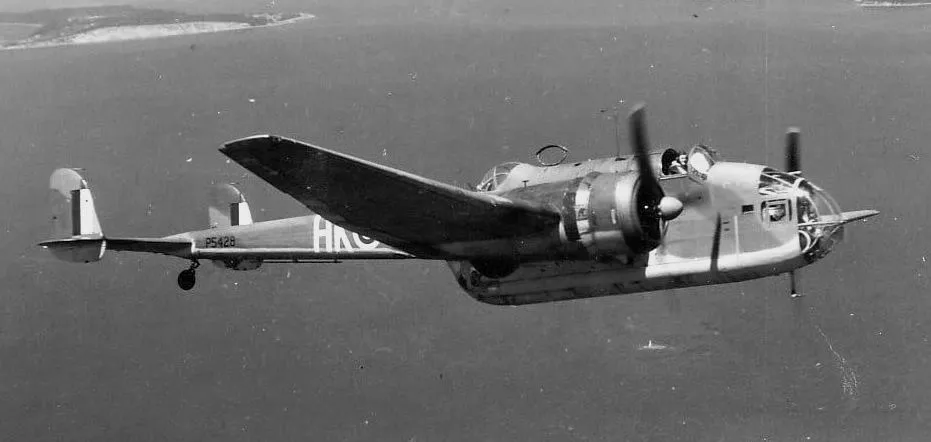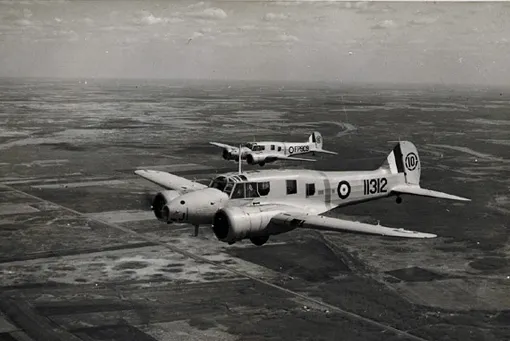MacGillivray, Donald Duncan (Sergeant)
Killed in Flying Accident 1943-April-13


Birth Date: 1913-October-15
Born:
Parents: Son of William Donald and Jessie Ann MacGillivray, of Silver Park.
Spouse:
Home: Silver Park, Saskatchewan
Enlistment:
Enlistment Date: unkown date
Service
RCAF
Unit
32 OTU- Operational Training Unit (RAF)
Base
RCAF Stn. Patricia Bay, British Columbia
Rank
Sergeant
Position
Wireless Air Gunner
Service Numbers
R/139766
Crew or Other Personnel
Hampden AN121
Accident Card - Handley Page Hampden Mk. I serial:AN121
This accident involved 1 aircraft on 1943-April-13. Hampden s/n AN121.
This accident involved 4 people. Thompson KE, Barrow RT, Macgillivray DD, Peterkin JS
This accident had 3 fatalities. Sergeant Richard Trathen Barrow RAAF Killed in Flying Accident service no:421149 Hampden AN121, Pilot Officer James Smith Peterkin RAFVR Killed in Flying Accident service no:135517 Hampden AN121, Sergeant Donald Duncan MacGillivray RCAF Killed in Flying Accident service no:R/139766 Hampden AN121
Hampden serial: AN121

Handley Page Hampden (Serial No. P5428), of No. 32 Operational Training Unit at RCAF Patricia Bay, British Columbia, in the torpedo-bomber training role between May 1942 and February 1944.
Handley Page developed a modern stressed-skin mid-wing monoplane, powered by Bristol Pegasus radial air cooled engines, with its first flight in 1936. It had the most advanced wings available at the time, giving it a remarkably low landing speed of 73 mph for an aircraft of its size, with a top speed of 265 mph. The Hampden had a short, narrow but tall main fuselage with a very slender tail unit. This configuration led to the nicknames "Flying Panhandle" and "Flying Suitcase". At the end of the war, no complete or partial Hampden aircraft were retained for museum display.
The Hampden served in the early stages of the war, bearing the brunt of the early bombing war over Europe, taking part in the first night raid on Berlin and in the first 1000-bomber raid on Cologne. In Canada, Hampdens were built by six companies that formed Associated Aircraft. There were three in Ontario and three in Quebec, hence they were identified as the Ontario Group and Quebec Group. They supplied all the the components to the two assembly plants. The Ontario Group's assembly plant was at the Malton Airport, while the Quebec group's assembly plant was at the St. Hubert Airport. Canadian Museum of Flight and Harold A Skaarup web page
Aircraft Images
Hampden AN121
Hampden Mk. I AN121
With No. 32 Operational Training Unit at RCAF Station Patricia Bay, BC. Nosed over while taxiing at Patricia Bay on 17 January 1943, Category C damage. Crashed into sea inverted on 13 April 1943, off Cowichan Head. Aircraft had just completed bombing run and entered steep left hand turn. Pilot Pilot Officer J.S. Peterkin, RAF killed; navigator Sgt. R.T. Barrow, RAAF killed; WAG Sgt. D.D. MacGilivray missing but body later found, WAG Sgt. K.E. Thompson injured.1942-05-07 Taken on Strength 2019-08-20
1943-January-17 Accident: 32 Operational Training Unit Loc: Patricia Bay Aerodrome Names: Cox | Fairall | Mckenzie | Wallace
1943-April-13 Accident: 32 Operational Training Unit Loc: Vancouver Island Names: Barrow | Macgillivray | Peterkin | Thompson
1943-05-10 Struck off Strength 2019-08-20
Unit Desciption
32 OTU (32 Operational Training Unit)
The Operational Training Unit (OTU) was the last stop for aircrew trainees. They spent 8 to 14 weeks learning to fly operational aircraft (Hawker Hurricane or Fairey Swordfish, e.g.). The instructors had experience in actual operations, and often were posted to OTUs after their operational tour.
More information on the RCAF Station at Patricia Bay, British Columbia can be found at:
RCAF.info - Patricia Bay, British Columbia


